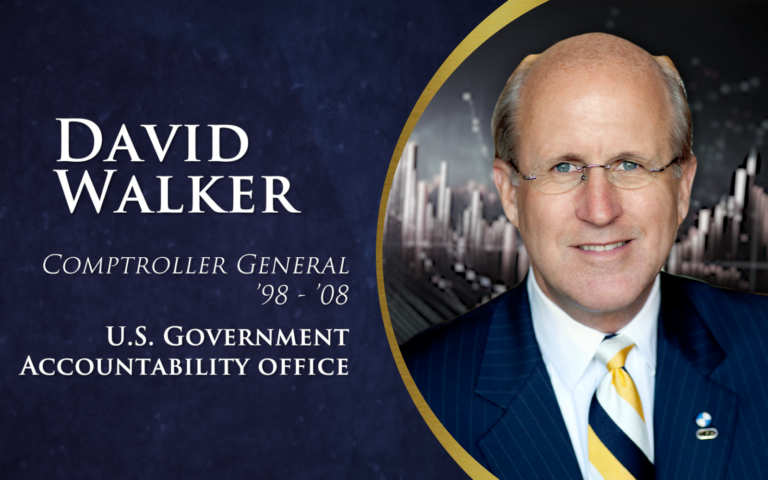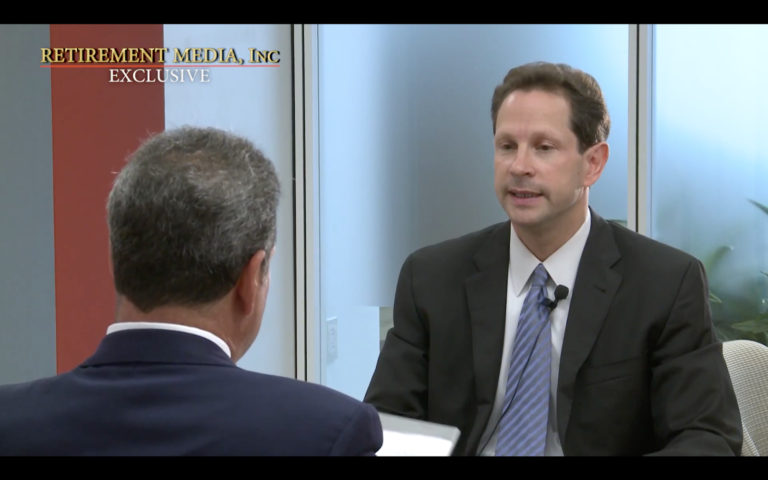Many Americans do not concern themselves with the debt crisis happening in the United States. Part of the reason why is because the debt can be difficult to understand. With a lack of accountability and absence of fiscal responsibility in the United States government, there does not seem to be a clear and evident way to avoid an economic collapse.
The debt bubble eventually popping would seem to be inevitable, according to the analogy of the volatility of the economy and the effects of gravity. No matter which political party has been in power, the debt continues to soar and eventually the consumer will bear the brunt of a collapse.
Former Comptroller General of the United States Government Accountability Office, David Walker expressed his ideas and concerns about the potential impacts of a large scale debt crisis taking place in the United States. Walker even went as far as starting his own non-profit, the Comeback America Initiative to educate and address the issues of irresponsible fiscal policy by the federal government.
Phil Cannella, Founder and CEO of Retirement Media, Inc spoke with Walker about the debt and the global threat that it presents. Together, Cannella and Walker attempted to answer whether or not the United States is heading toward another crash, similar to the one that started the Great Depression in 1929.
On the one hand, Walker believes the government should take actions to prevent or alleviate economic catastrophes from happening, but Walker claimed that there are “no more tools in the toolbox.” The Federal Reserve exhausted what Walker stated as their last tool when they issued quantitative easing during the 2008 financial crisis. While this action avoided an economic collapse, it only delayed an inevitable crash.
In the opinion of Walker, one of the reasons why the debt issue has become so severe is due to the United States having no self control when it comes to spending. Unfortunately, this is also an issue for many countries around the world.
While a lot of attention gets paid to the amount of debt the federal government accrues, there is little mention of the debt that Americans collectively hold in tandem with all levels of government. The total collective debt in the United States is triple the size of the national debt.



















